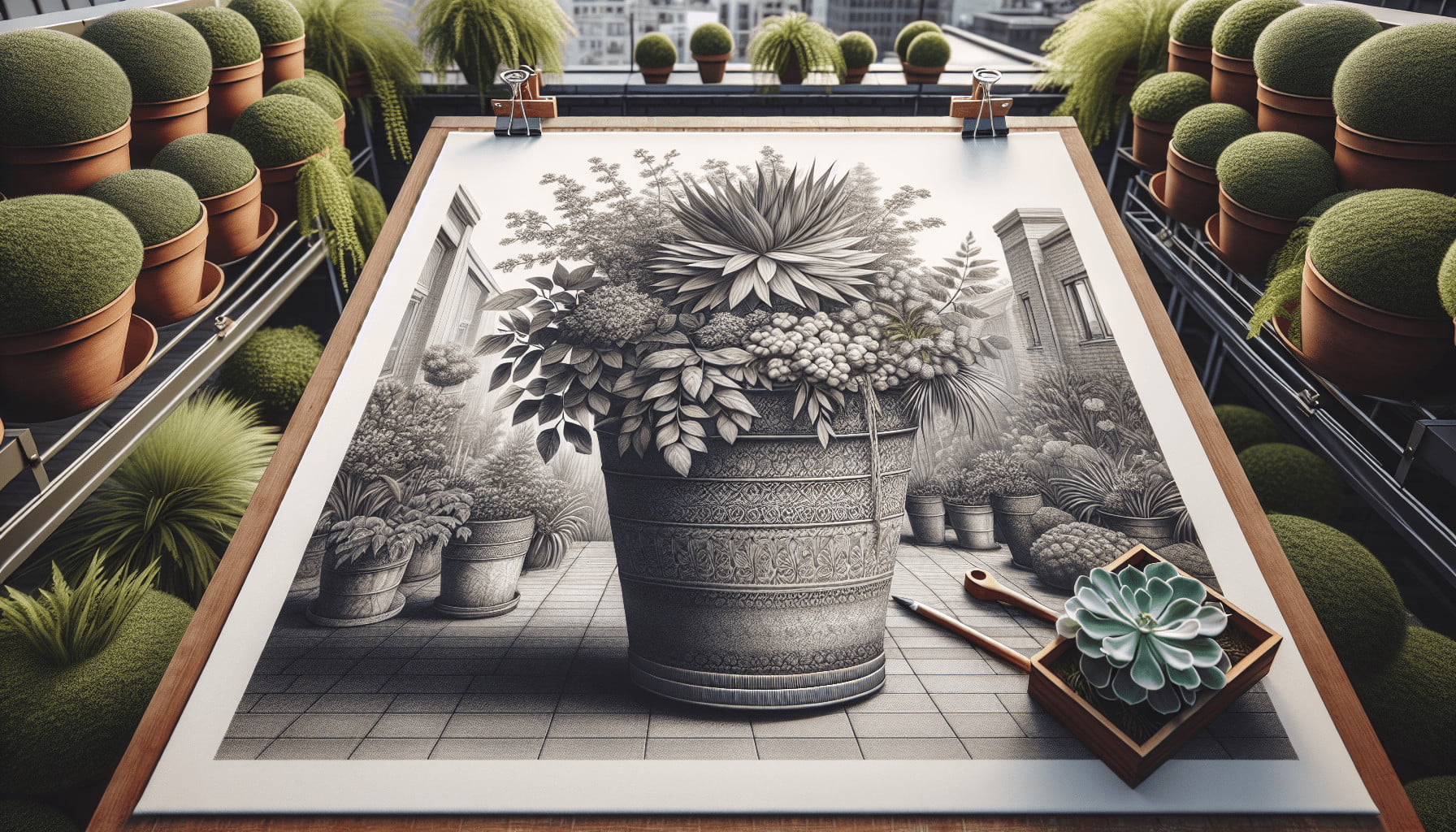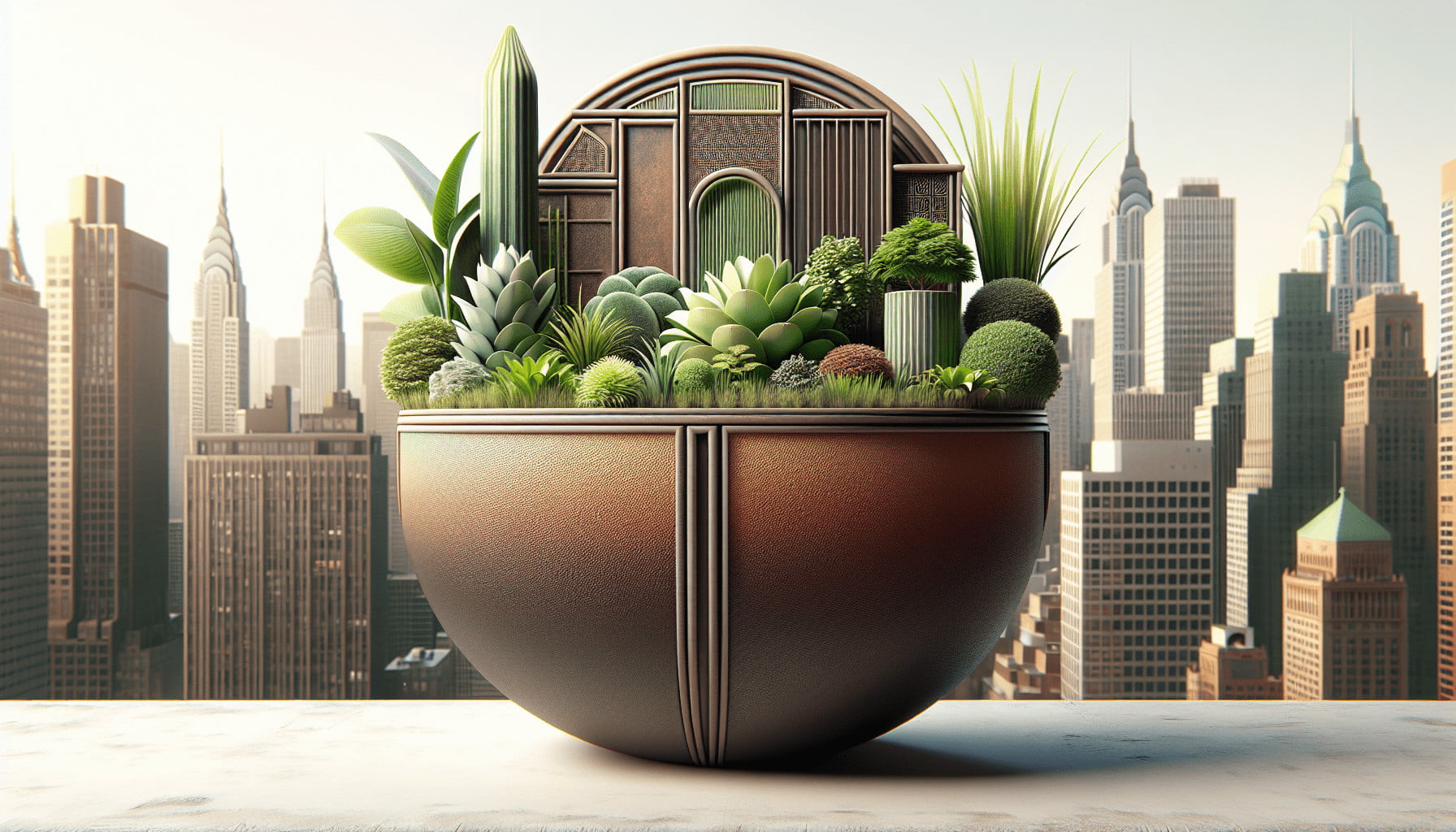Have you ever thought about greening up your rooftop space with a garden? If so, you’re not alone! Many urban dwellers find that rooftop gardens not only add an aesthetic appeal to their living spaces but also provide a serene escape from the concrete jungle below. One crucial element to consider when setting up your rooftop garden is the choice of container materials. With various options available, making the right decision can feel overwhelming. In this article, we’ll explore the key considerations you should keep in mind when choosing container materials for your rooftop garden.
Understanding the Importance of Container Materials
Choosing the right container materials for your rooftop garden can significantly impact the success of your plants and the longevity of your garden. Different materials offer various benefits and drawbacks, affecting plant health, ease of maintenance, and overall aesthetic appeal. Let’s look at why container materials are so crucial.
Why Container Materials Matter
Your containers are more than just plant holders; they affect soil temperature, moisture levels, and root health. Some materials can overheat and stress plants, while others might retain moisture well, reducing the frequency of watering. The right choice can provide a conducive environment for your plants to thrive, especially when faced with the unique challenges of a rooftop setting.
Key Factors in Choosing Container Materials
There are several factors to weigh in before settling on a container material. These include weight, durability, insulation properties, drainage, and aesthetic appeal.
Weight Considerations
One of the first things to think about is the weight of the containers. Roof structures have weight limits, which include the weight of the pots, soil, plants, and water.
Thinking About Structural Load
Rooftops are often not designed to bear heavy loads. A heavy container, especially when filled with soil and plants, can exert significant pressure on your rooftop structure. Always consult a structural engineer to determine the maximum load your roof can handle before adding heavy containers.
Lightweight Options
Materials like plastic, fiberglass, and certain types of fabric are lightweight and ideal for rooftops. These materials can help you adhere to weight limits without compromising on the ability to grow a variety of plants.
| Material | Weight | Durability | Insulation | Cost |
|---|---|---|---|---|
| Plastic | Very Light | Moderate | Poor | Low |
| Fiberglass | Light | High | Moderate | Moderate |
| Fabric | Very Light | Moderate | Moderate | Low |
| Terracotta | Heavy | Moderate | Moderate | Moderate |
| Concrete | Very Heavy | Very High | High | High |
| Metal | Heavy | Very High | Poor-Moderate | High |

Durability and Longevity
Your containers should be durable enough to withstand the elements, particularly since they will be exposed to varying weather conditions.
Weather Resistance
Rooftops are exposed to extreme weather conditions including strong winds, intense sun, and heavy rainfall. Durable materials like concrete, fiberglass, and metal are typically the best at withstanding such conditions. However, ensure that these materials have proper drainage options to prevent waterlogging.
UV Resistance
Consider UV-resistant materials if your garden will be exposed to direct sunlight. UV rays can deteriorate some plastics and fabrics over time, making them brittle and less effective.
Insulation Properties
Proper insulation is vital to protect plant roots from extreme temperature fluctuations. Different materials offer varying levels of insulation.
Regulating Temperature
Materials like terracotta and concrete offer good insulation, helping to keep roots cool during hot weather and warmer during cooler months. However, they are heavier, so balance is crucial.
Moisture Retention
Materials that retain moisture can be beneficial for plants but challenging in heavy rains. Ensure your containers have adequate drainage holes to prevent waterlogging.

Drainage and Aeration
Drainage is essential for plant health. Poor drainage can lead to root rot and other issues.
Proper Drainage Mechanisms
Look for containers with built-in drainage holes. Materials like plastic and fiberglass often come with these already incorporated. You can also drill holes in some materials if needed.
Aeration Benefits
Good aeration is vital for the root systems. Fabric containers, for instance, promote excellent air circulation, which can contribute to healthier root development.
Cost Implications
Cost is always a factor to consider. While some materials like plastic are cheaper, others like metal or concrete can be quite expensive.
Budget-Friendly Options
If you’re on a budget, materials like plastic or fabric are generally more affordable. They may not last as long as more expensive options, but they can be a good starting point.
Long-Term Investment
Consider the long-term benefits of more expensive, durable materials. Though they may have a higher initial cost, their longevity might make them more cost-effective in the long run.
Aesthetic Appeal
Finally, consider the aesthetic appeal of your containers. The look and feel of your rooftop garden can significantly influence your enjoyment of the space.
Matching Your Style
Whether you prefer a rustic, modern, or eclectic look, there are container materials to match your style. Metal containers, for instance, can provide a sleek, modern look, while terracotta pots offer a more traditional feel.
Customization Options
Some materials, like plastic and fabric, come in a variety of colors and designs, allowing for greater personalization. This can be a fun way to add your unique touch to your garden.
Conclusion
Choosing the right container materials for your rooftop garden involves balancing multiple factors like weight, durability, insulation, drainage, cost, and aesthetic appeal. By carefully considering these aspects, you can create a rooftop garden that is not only beautiful but also sustainable and practical.
Getting the container materials right can make all the difference in the success of your rooftop garden. So, take your time, weigh your options, and choose the materials that best suit your needs and vision for your urban oasis.
